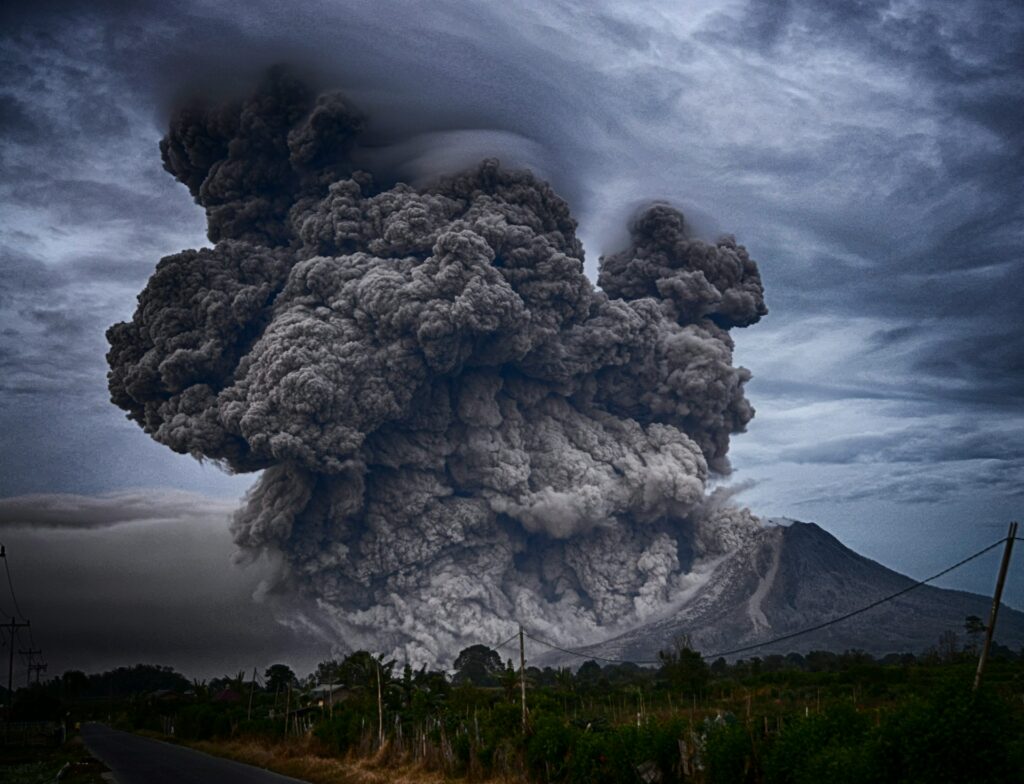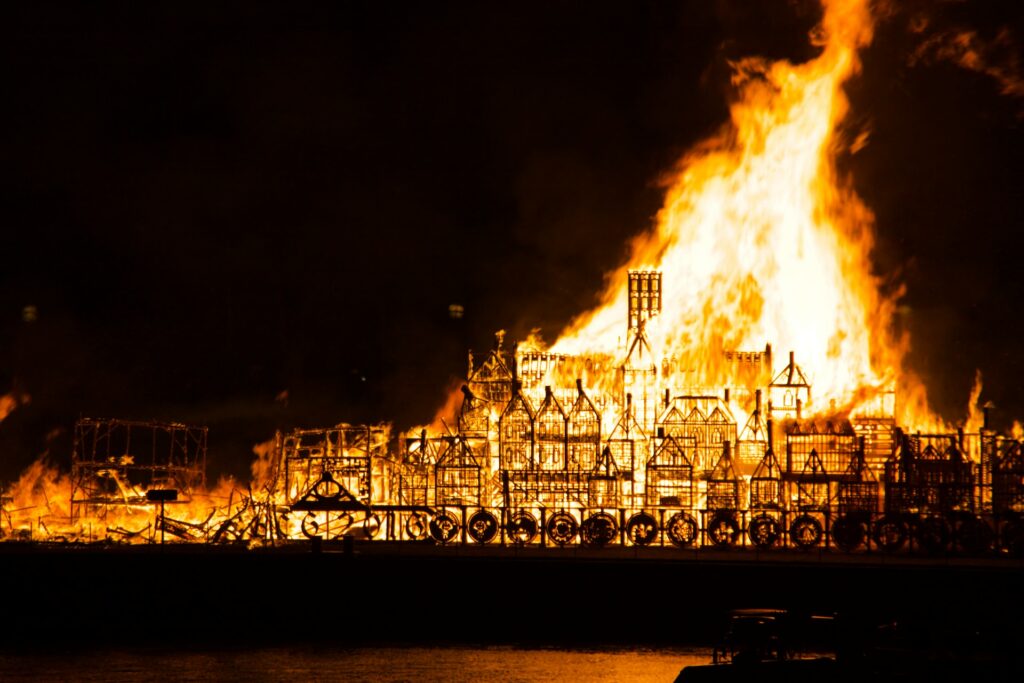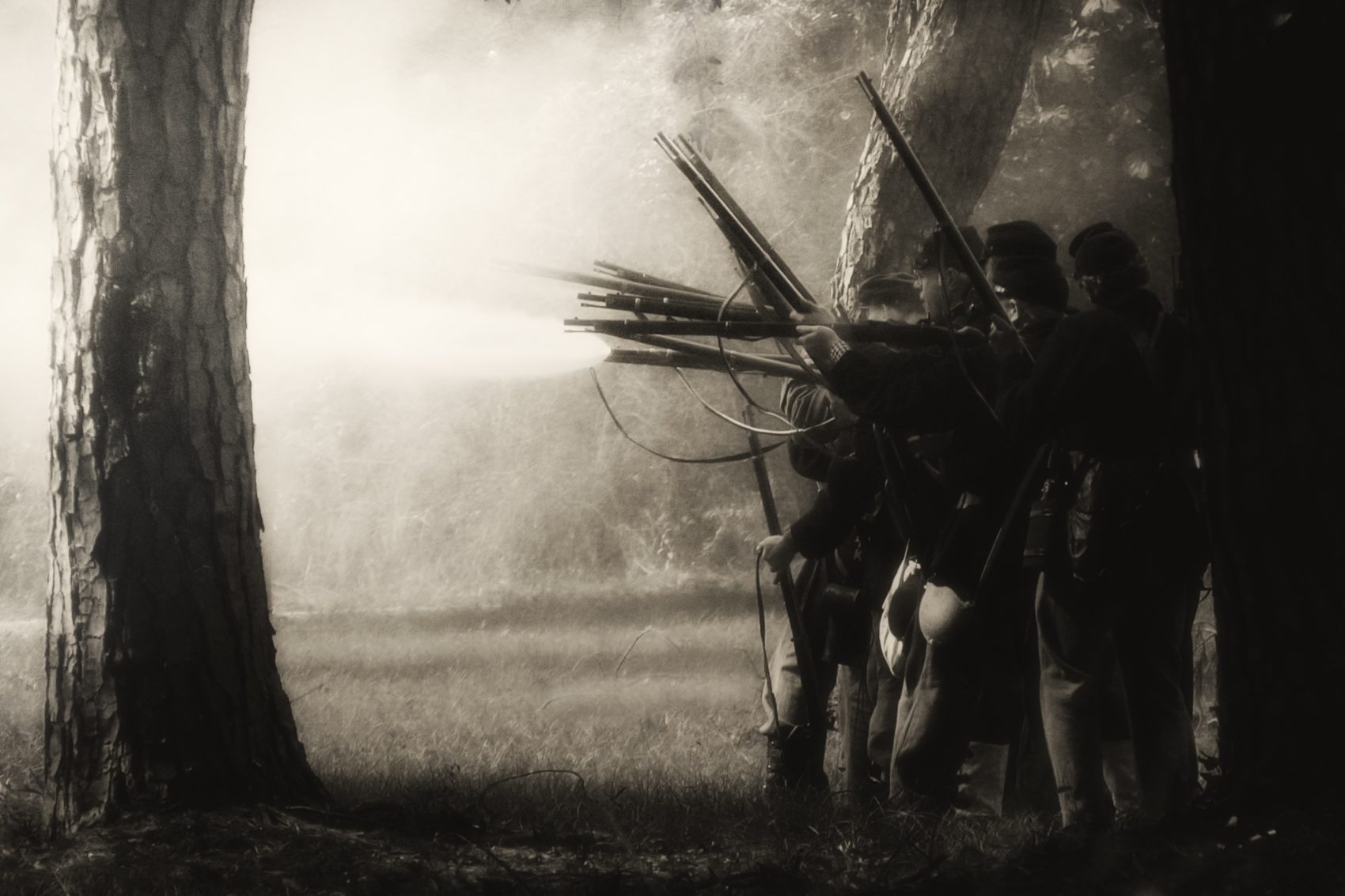Most Recent News


Popular News





Anti-gunners typically use the "but muh well regulated militia" as an argument against the Second Amendment. Let's debunk that garbage.
We need to discuss the basics of the Second Amendment.
The Second Amendment reads:
A well-regulated Militia, being necessary to the security of a free State, the right of the people to keep and bear Arms, shall not be infringed.
Anti-gunners regularly use the “but muh militia” as an argument against guns.
“Well regulated”, however, meant something completely different in 18th century US.
Back then, nothing was “regulated” in our sense of the word. There were no actual regulations like we know of them today.
Well regulated meant it functioned well. A “well regulated” business was one that operated efficiently. Consider that a well regulated gun was one that worked right.
A well regulated militia would be a group of people who could unite together well and act as a cohesive unit. To protect against threats. Foreign or domestic.
Most people don’t realize this divergence in the language. Well regulated militia is nothing more than a group of hardy people that have guns that could come together and perform well. It does not mean government regulated or managed. It never did.
The idea that the militia-men that overthrew the British believed that the government should “regulate” them (in the modern sense of the word) is asinine.
Outside of the “well regulated” part, even the definition of militia is not the same:
The idea that the Second Amendment applies only to people actively serving in a government-organized militia is based partly on a misreading of the 1939 case U.S. v. Miller. In Miller, the Supreme Court upheld the prosecution of two men who violated the National Firearms Act by transporting an unregistered sawed-off shotgun across state lines. “In the absence of any evidence tending to show that possession or use of a ‘shotgun having a barrel of less than eighteen inches in length’…has some reasonable relationship to the preservation or efficiency of a well regulated militia,” Justice James McReynolds wrote in the unanimous opinion, “we cannot say that the Second Amendment guarantees the right to keep and bear such an instrument.”
McReynolds was talking about the kinds of weapons covered, not the kinds of people. He repeatedly noted that the “militia” mentioned in the Second Amendment “comprised all males physically capable of acting in concert for the common defense.” In other words, the militia was not limited to a government-supervised fighting force; it consisted of all able-bodied men. The decision is an example of how both clauses of the Second Amendment can be meaningful, with McReynolds using the prefatory clause to help settle a question raised by the operative clause without reducing it to a nullity. What arms do the people have the right to keep and bear? The type used in an organized militia.
Specifically, this part:
In other words, the militia was not limited to a government-supervised fighting force; it consisted of all able-bodied men.
Don’t get me wrong, the founders loved militias. But they also liked an armed citizenry. They are not mutually exclusive.
Nope, that’s a miscarriage of intelligence as well:
Article I, Section 8 of the Constitution also helps clarify what the Second Amendment was all about. Among other things, that section gives Congress the power “to provide for calling forth the militia to execute the laws of the union, suppress insurrections and repel invasions” and “to provide for organizing, arming, and disciplining, the militia, and for governing such part of them as may be employed in the service of the United States, reserving to the states respectively, the appointment of the officers, and the authority of training the militia according to the discipline prescribed by Congress.”
People who deny that the Second Amendment protects an individual right to armed self-defense often argue that it was actually meant to protect state control of militias. But Article I, Section 8 shows that the states had already lost that battle.
If you believe the Second Amendment is just about state control of militias, it’s an absurd nullity: It lays out a right and a purpose contradicted by the body of the Constitution, which gives the federal government near-total authority over the organized militia. As Scalia put it in Heller, under that interpretation, which the Court was rejecting, “the Second Amendment protects citizens’ right to use a gun in an organization from which Congress has plenary authority to exclude them,” making the right meaningless.
But whether we currently have a well-regulated militia doesn’t control whether or not Americans have a right to keep and bear arms. The ideological background of the Second Amendment, the plain meaning of its operative clause, parallel phrasing elsewhere in the Constitution, and the militia clauses of Section I make it clear that they do. The Second Amendment, as Scalia rightly recognized, guarantees an individual right to the people, no matter how the federal government chooses to regulate the organized militia.
TL;DR: The anti-government founding fathers did not give the government the ultimate right of defending oneself against… the government. They gave it to the citizens.
Simple:
No gun law is legitimate in the face of the Constitution, regardless of how any slimy politician or moronic SJW attempts to circumvent it.
Easy.
Read Next: Duncan Socrates Lemp Murdered By Anti-Gunners
If you enjoyed this article, bookmark the website and check back often for new content. New articles most weekdays.
You can also keep up with my writing by joining my monthly newsletter.
Help fight the censorship – Share this article!

Comments are closed.
(Learn More About The Dominion Newsletter Here)
excellent thanks… just did a search on ‘well regulated” and found this elaboration
Excellent dissertation
Thank you, LC.
What lawyers and politicians have forgotten is that the Constitution does not GIVE rights to the. Citizens, it PROTECTS rights!!! Where do our rights originate? Look to the Declaration of Independence: “We hold these truths to be self evident, that all men are created equal, that they are endowed by their CREATOR with certain UNALIENABLE rights, that among these are life, liberty, and the pursuit of happiness.”
The founding fathers wrote CREATOR not GOD!!
UNALIENABLE: definition-that which cannot be taken, sold, or given away!! Look it up!!